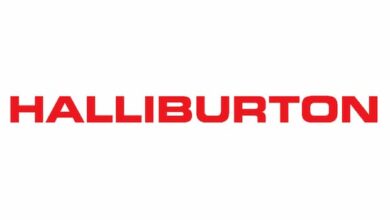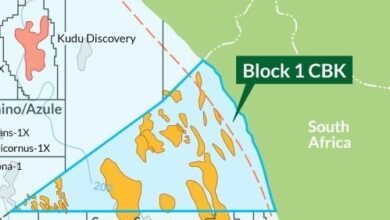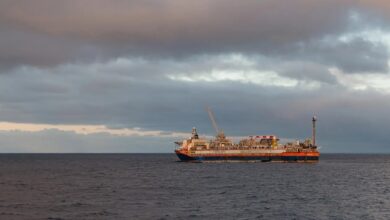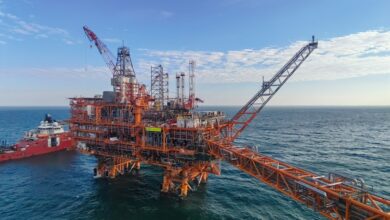ExxonMobil introduces latest HPC system Discovery 6
ExxonMobil introduced Discovery 6, a supercomputer combined with elastic Full Wavefield Inversion (eFWI) technology that allows an increase in resource recovery with less capital.
The eFWI technology rapidly creates images that reveal information about rock and fluid properties and insights into where hydrocarbons are present. This HPC system will enable 4D eFWI, adding time-lapse to further optimize development and production.
By combining Discovery 6 and eFWI, the company hopes to reduce 4D seismic processing time from months to weeks, resulting in better near real-time visualization, enhanced reservoir management and well placement, and increased resource recovery with less capital.
Built by Hewlett Packard Enterprise (HPE), the new Discovery 6 supercomputer will use the HPE Cray Supercomputing EX4000 featuring 4,032 NVIDIA Grace Hopper Superchips and HPE Slingshot interconnect. Installation is expected in H1 2025.
This system will also employ energy-efficient 100 percent direct liquid cooling. The upcoming system will boost four times faster computational performance and high-performance networking as compared to its predecessor, Discovery 5.




